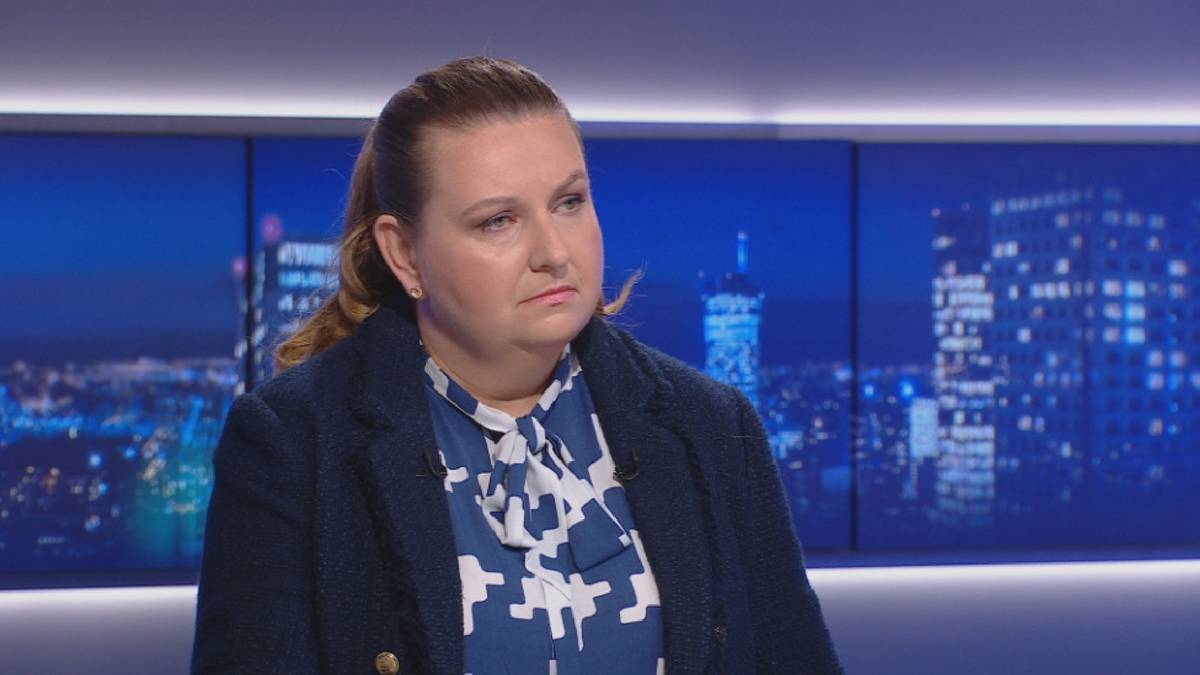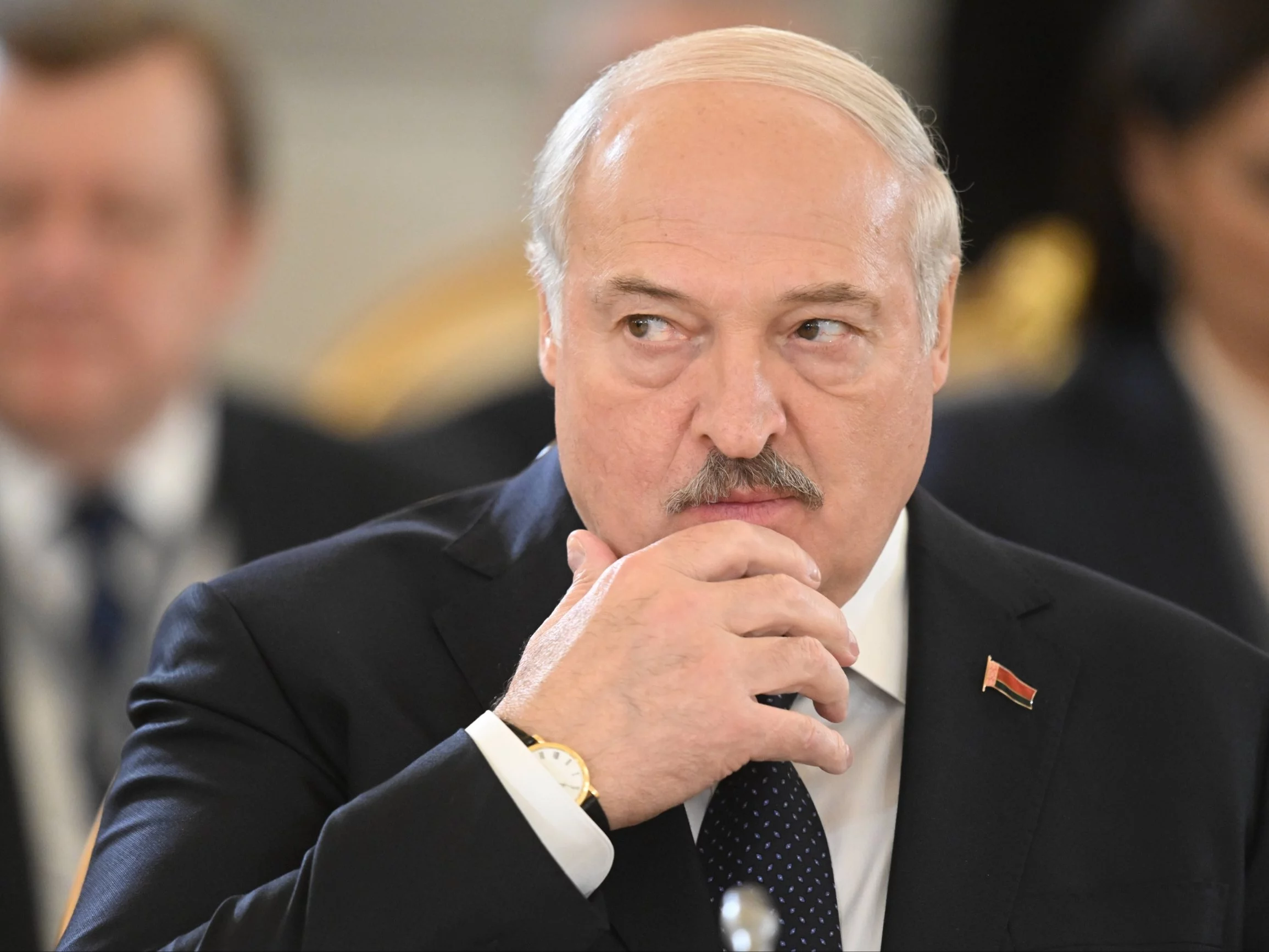
FRANKFURT— A recent incident involving All Nippon Airways (ANA, IATA: NH) flight NH203 from Tokyo Haneda Airport (HND) has reignited debate on Frankfurt Airport’s (FRA) rigid night curfew.
The Boeing 787-9 was forced into a missed approach just 18 seconds before the 05:00 AM curfew lifted, despite a safe and early arrival.
Discover Airlines pilot Ori Gross flagged this event, highlighting the operational and environmental consequences of strictly enforced curfews, which, in this case, caused added fuel burn, increased emissions, and elevated pilot workload.
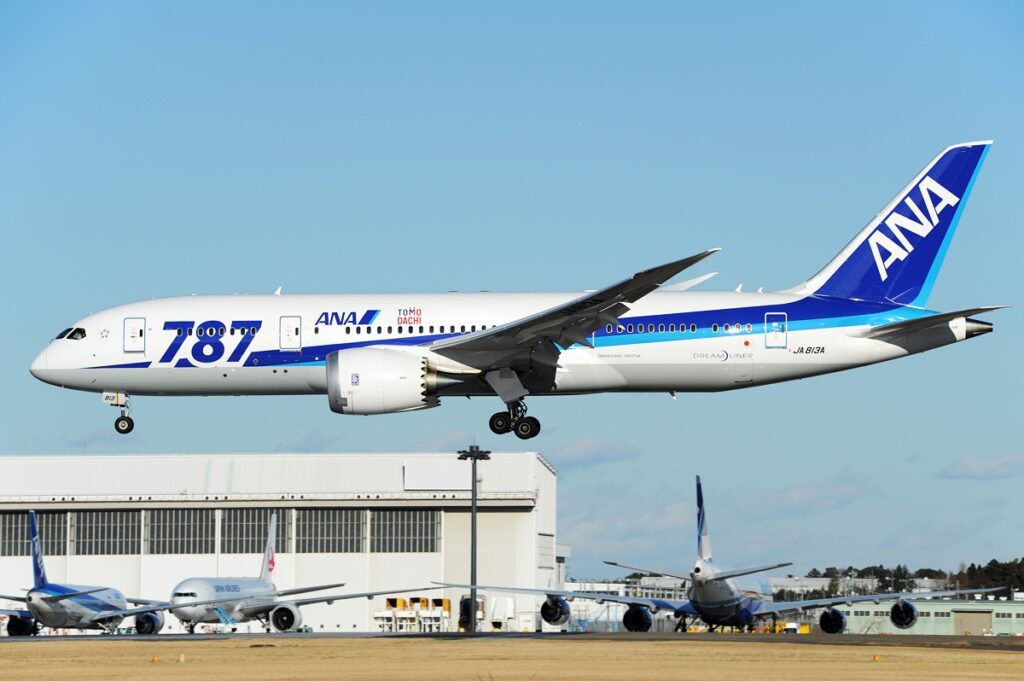 Photo: By Toshi Aoki – JP Spotters – Gallery page http://www.airliners.net/photo/All-Nippon-Airways/Boeing-787-8-Dreamliner/2221414/LPhoto http://cdn-www.airliners.net/aviation-photos/photos/4/1/4/2221414.jpg, CC BY-SA 3.0, https://commons.wikimedia.org/w/index.php?curid=27376402
Photo: By Toshi Aoki – JP Spotters – Gallery page http://www.airliners.net/photo/All-Nippon-Airways/Boeing-787-8-Dreamliner/2221414/LPhoto http://cdn-www.airliners.net/aviation-photos/photos/4/1/4/2221414.jpg, CC BY-SA 3.0, https://commons.wikimedia.org/w/index.php?curid=27376402ANA Pilots Denied Landing at FRA
Frankfurt Airport (FRA), operated by Fraport AG, enforces one of Europe’s strictest night flight bans, completely prohibiting scheduled take-offs and landings between 23:00 and 05:00.
The objective is to reduce aircraft noise during residents’ sleeping hours. However, the rigidity of this rule was underscored on July 3, 2025, when ANA’s NH203 from Tokyo Haneda (HND) approached Frankfurt slightly ahead of schedule due to favorable winds.
Despite efforts by Deutsche Flugsicherung GmbH (DFS), the air traffic controller on duty, to delay the aircraft via speed reductions, NH203 was still minutes early.
The pilot of Discover Airlines, Ori Gross, who was preparing for a separate flight, observed these interactions while monitoring tower frequencies. At precisely 04:59:42—just 18 seconds shy of the 05:00 threshold—Frankfurt Tower issued the mandatory go-around:
“ALLNIPPON 203, GO AROUND.”
This directive is non-negotiable for pilots and was promptly executed, sending the aircraft back into the airspace to reattempt landing later, ironically, creating more noise than a direct landing would have caused.
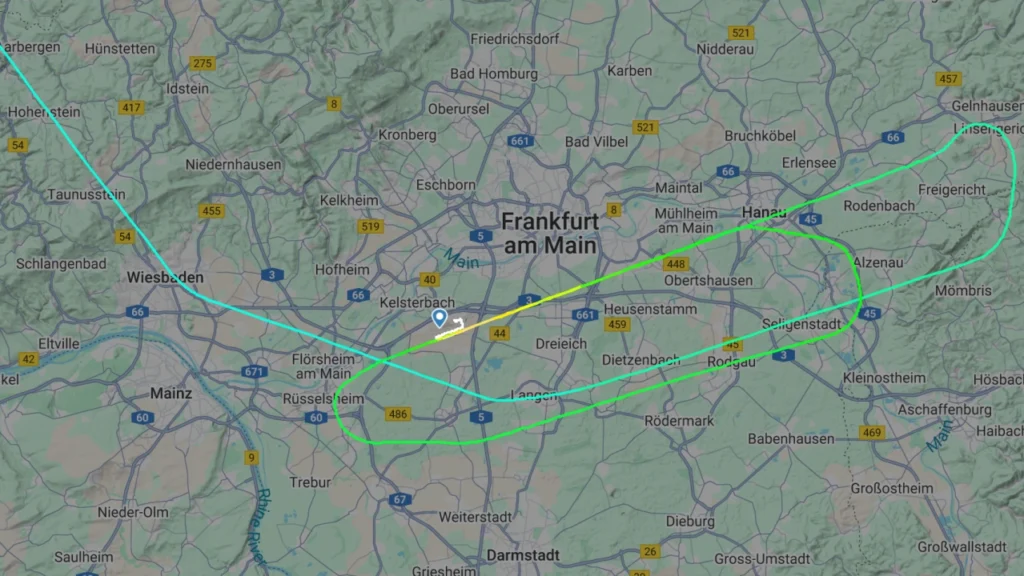 Photo: FlightRadar24
Photo: FlightRadar24How ATC and Pilots Navigate Curfew Constraints
At Frankfurt, aircraft are typically vectored to a 20 nautical mile final approach. With a Boeing 787-9’s approach speed of about 153 knots, this allows approximately 7-8 minutes for air traffic control to adjust for compliance with curfew rules.
However, with only about 20 knots of flexibility in speed instructions, this equates to a mere 48 seconds of leeway—an impractically narrow margin to influence arrival timing precisely.
Earlier interventions from en-route controllers or pilots adjusting their cruise speeds could have helped prevent the situation.
In fact, both ATC and flight crews have real-time access to Estimated Time of Arrival (ETA) data, whether through internal systems or publicly available platforms like Flightradar24. Yet, despite all technological aids, the chain of decisions and flight dynamics led to NH203 being a few minutes early.
The flight’s actual duration was 13 hours 57 minutes, considerably faster than its scheduled 14 hours 40 minutes, mainly due to strong tailwinds. Thus, despite taking off three minutes late from Tokyo Haneda, the aircraft’s early arrival became a regulatory dilemma rather than a success in operational efficiency.
ALSO READ:
Air France A350 Pilots Denied Clearance by Chicago O’Hare, Flight Returns to Paris
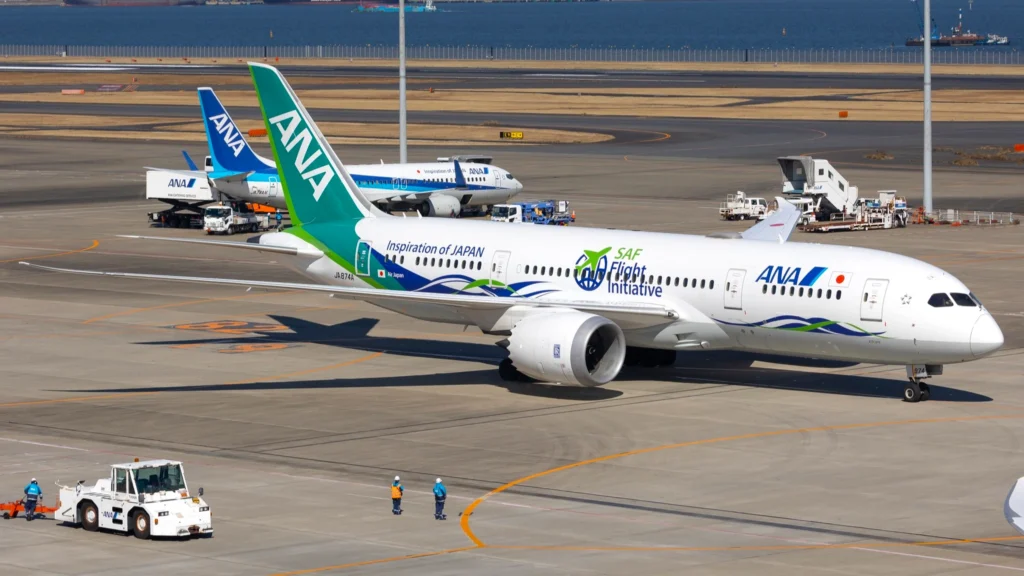 Photo: Kwok Ho Eddie Wong | Flickr
Photo: Kwok Ho Eddie Wong | FlickrEnvironmental and Operational Impact of the Go-Around
This strict curfew enforcement paradoxically led to the very issues it aims to prevent. The immediate aftermath of the go-around included:
- An additional 16 minutes of flight time.
- An extra 1,900 kg of jet fuel burned.
- Increased CO₂ emissions.
- Elevated noise levels during the go-around maneuver over Frankfurt.
- Heightened workload for a fatigued flight crew after nearly 14 hours of flight.
- Unnecessary stress for passengers, some of whom may never have experienced a go-around before.
The supposed protection against nighttime noise resulted in a louder and more disruptive outcome. This contradiction calls into question the practicality of applying such curfews without flexibility or contextual judgment.
 Eurowings A320 at EuroAirport; Photo- Heute.at
Eurowings A320 at EuroAirport; Photo- Heute.atSimilar Incidents Spark Broader Concerns
This wasn’t an isolated case. In 2024, Eurowings (EW) flight EW8531 from Alicante (ALC) to Berlin Brandenburg Airport (BER) missed the Berlin night curfew by a mere 10 seconds. The Airbus A320 was denied landing, forced to go around, and subsequently diverted to Hannover Airport (HAJ), nearly 40 minutes away.
These repeated incidents reveal systemic rigidity where the law, though well-intentioned, lacks adaptability. Night curfews are crucial for community well-being, but their inflexible enforcement can backfire operationally, environmentally, and economically.
The Need for Regulatory Flexibility and Common Sense
This event, highlighted by Ori Gross, surfaces a critical question for aviation regulators and policymakers:
Have we lost sight of the regulation’s original intent?
The goal of reducing noise pollution should not come at the expense of operational efficiency, environmental impact, or safety margins. A marginally early arrival should not trigger a cascade of avoidable consequences.
A framework that allows for minor, supervised exceptions—especially when flights arrive within a few seconds or minutes of curfew expiration—would better align with the spirit of noise abatement without compromising safety or sustainability.
Additionally, improving coordination between en-route air traffic control and destination airports can provide early warnings and speed adjustments to preempt timing conflicts with curfews.
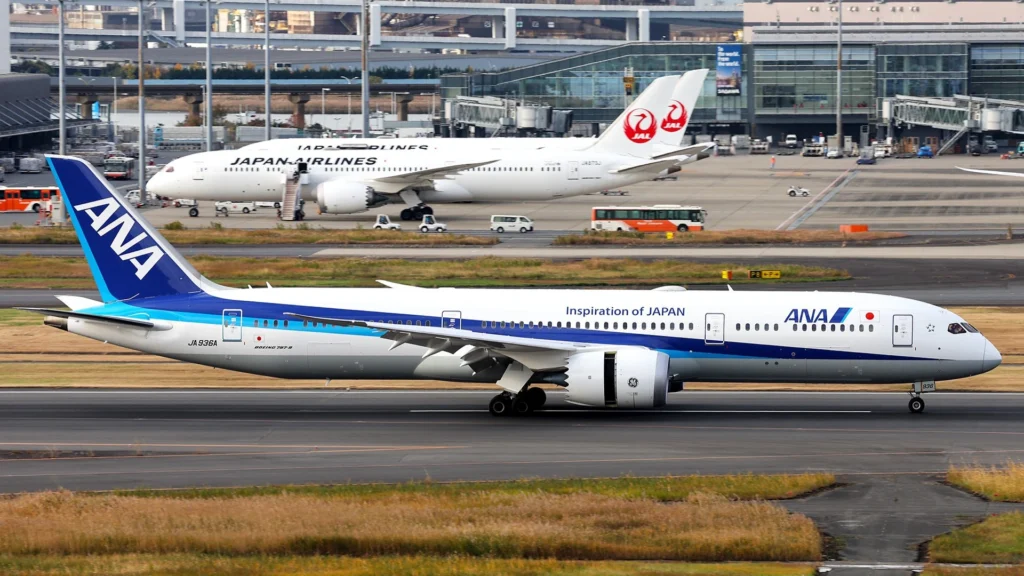 Photo: Aero Icarus | Flickr
Photo: Aero Icarus | FlickrBottom Line
The ANA NH203 incident at Frankfurt (FRA) exemplifies the broader issue of rigid aviation regulations that may overlook real-world variables.
While preserving the quality of life for airport-adjacent residents remains essential, integrating flexibility, data-driven decision-making, and practical judgment into curfew enforcement can prevent unnecessary go-arounds, wasted fuel, and unintended noise.
As aviation continues to evolve with more efficient aircraft and better forecasting tools, regulatory frameworks should also adapt, ensuring that the goals of safety, efficiency, and community protection are balanced intelligently.
All Nippon Airways Pilot And New York ATC Involved in Argument
The post ANA 787 Pilots Denied Landing Clearance at Frankfurt Airport appeared first on Aviation A2Z.




